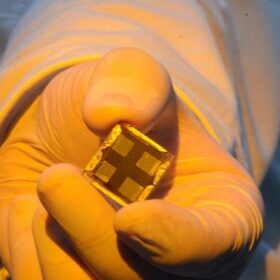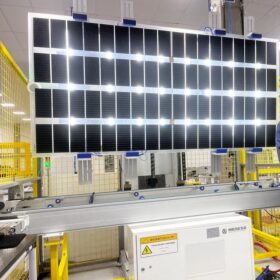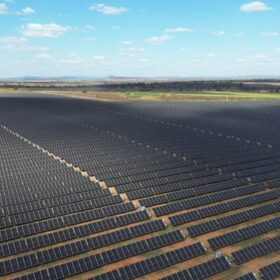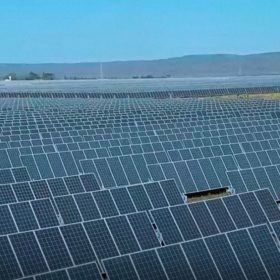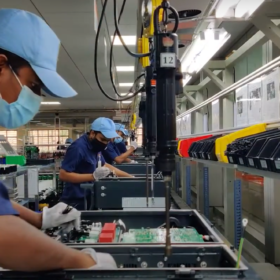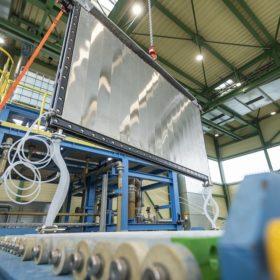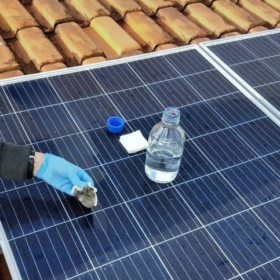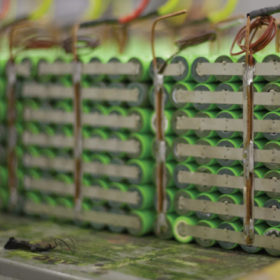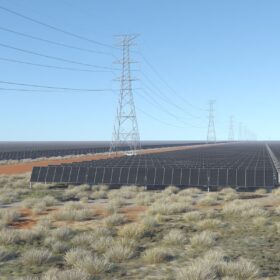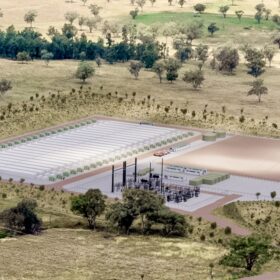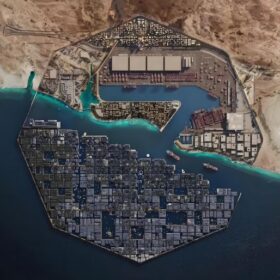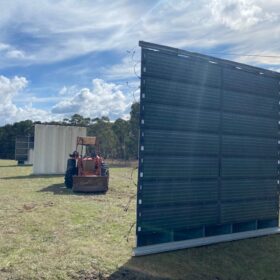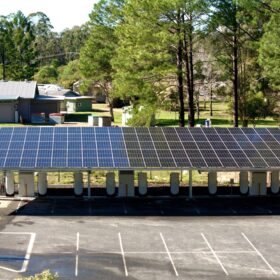Improving perovskite solar cell durability via formamidinium cations
A team of São Paulo-based researchers have found incorporating formamidinium cations into methylammonium-based lead iodide perovskite films increases the durability of perovskite solar cells when fabricated and measured under ambient conditions.
Novonix strikes cathode materials agreement with CBMM
Australian listed battery materials and technology company Novonix has inked a joint development agreement with Brazilian niobium products supplier CBMM to produce cathode materials for use in lithium-ion batteries.
BYD unveils new agrivoltaics module
Chinese module maker BYD is producing a new bifacial monocrystalline panel at its manufacturing facility in Sao Paulo, Brazil. The module has a power output of up to 355 W and a conversion efficiency of 16.33%.
Largest PV plant in Americas goes online in Brazil
Brazilian renewables developer Elera Renováveis has commissioned the 1.2 GW Janaúba solar complex in the nation’s southeast. The facility, which went online this week, consists of 20 solar parks spread across 3,000 hectares.
Fortescue lines up for offtake agreement with world’s largest PV project
Australia’s Fortescue Future Industries is reportedly exploring an offtake agreement with what will be the world’s largest PV project as it advances plans to build a $9 billion (USD 6 billion) mega green hydrogen production facility in Brazil.
Sungrow mulling another new inverter factory outside of China
Sungrow told pv magazine at the recent Intersolar South America event in Sao Paulo that its cumulative delivered capacity in Latin America now stands at 9 GW, with 6 GW of the total delivered to Brazil alone.
Construction begins on world’s largest integrated green hydrogen, ammonia plant
In other news, German energy company Uniper said it will test a new salt cavern built for hydrogen storage, while Serbia and Hungary signed a memorandum of understanding to collaborate on renewable hydrogen.
Storing renewables with high-rise elevators
Lift Energy Storage Technology is a proposed long-term storage solution that relies on elevators to bring solid masses to the tops of buildings in charging mode. It then lowers the same mass to produce electricity in discharge mode.
Solar panels host microbes that may be used for biotech applications
Scientists in Brazil have found that photovoltaic modules may be a repository of specialised microbes in tropical regions. According to them, these micro-organisms may be used in sunscreens, pigments for processed foods, chemicals, textiles, pharmaceuticals, and cosmetics.
Energy storage with recycled batteries from Brazil
Energy Source, a Brazilian battery specialist, is currently providing energy storage services with reused and recycled batteries. Battery recycling and related metals recovery are conducted separately, without the burning of materials.
